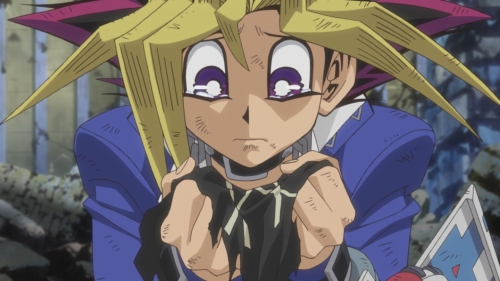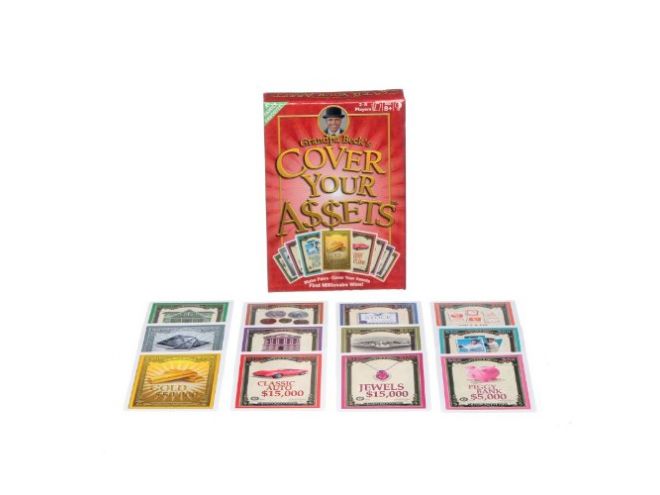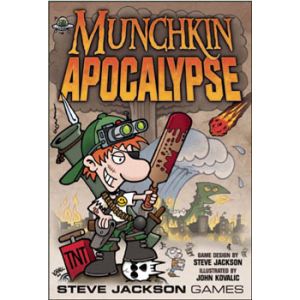Zombie Conspiracy – A D20 Special
Zombie Conspiracy is A D20 homebrew special game. We took Conspiracy, Wizards special multiplayer drafting set, and blatantly messed with the rules to make a game that is perfect for 3-6 buddies who just want to spend a couple of hours cheerfully womping the heck out of each other without all the waiting between rounds and not getting to play with yer buddies of regular magic. Conspiracy was a cool idea, a draft format that not only was designed to play with 3-6 people all in one big group, but also had cards that messed around with the draft.
So here is the thing….We really liked the idea of Conspiracy…but when we played it there were a couple of things that just weren’t that much fun.
The first problem we found that was that as much fun as it was to play, if you spent all that time drafting a cool deck and got knocked out in the first ten minutes, it didn’t just make you “ah, I’ll get you back” mad, more the “don’t sleep with both eyes closed anymore, because I will kill you in your sleep” mad. Second was what we call in Commander, the Fluffy Bunny Syndrome….people tending to hang out, doing their best “Don’t mind me, I’m just a harmless little bunny” impressions, trying to be the least threatening person at the table while waiting for enough stuff to come out to do their alpha strike. Boring….
Enter Zombie Land—How our version works is that you get points for knocking out other players and if you are knocked out then, well, you rise from the dead and come back in. We’ve played it a bunch and it works great.
How it works
- 1 point for each other player you knock out. You get a bonus of one if you never get knocked out.
- If you get knocked out, you pick 2 lands to put in play and then take 3 rebuilding (no attacking or interacting with other players) turns and come back in. (If your turn comes up before you are back to rebuild, skip it until it comes back to you so other players don’t have to wait.)
- Being milled out does not count as a kill unless you directly force the player to draw that last card.
- The game goes on for 1-1:30 hours, depending on players preference (and how long the store is open.) Players with the top half scores get bonus packs from a pool of 1 pack per player.
About Conspiracy.
What are the Cards?
You can’t have a good conspiracy on your own. And that is the secret sauce to the special Magic set , coming out on June 6th. This draft -centric, multi-player set is all about what we can do for, er, to each other. This is a special set, much like Modern Masters, with limited initial qualities, though they say that there will be some reprinting after (we are being wary..squirreling away our boxes to let people play with until we know the score.)
Messing with a Draft: Drafting is one of the most fun things you can do in magic. And this set takes the standard “get 3 packs, open 1, pick a card and pass to the left/right” and tosses it in the blender. One of our customers described it beautifully by saying that it “broke the 4th wall” of a draft, and I think that’s true. In this set, there are cards that start the game during the draft itself, letting people mess with each other as the draft is going on. (BTW…all Conspiracy drafts are casual format–will of WOTC.)


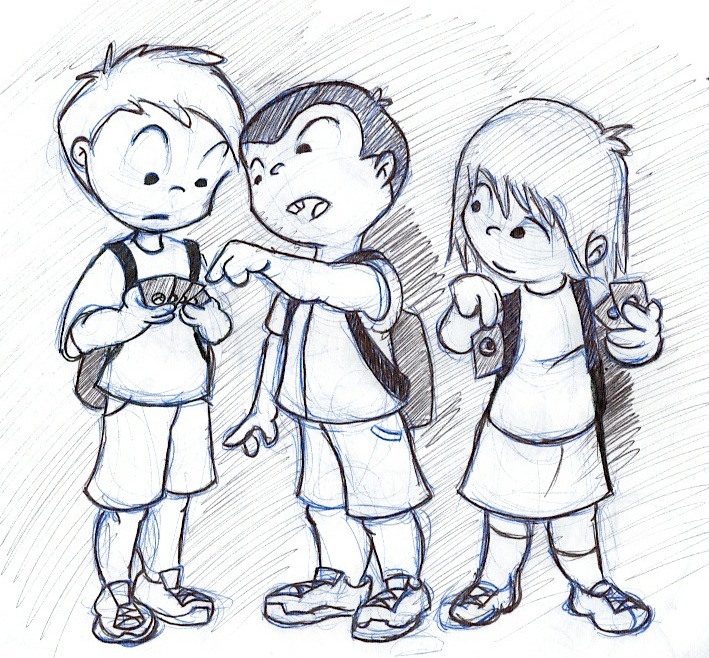



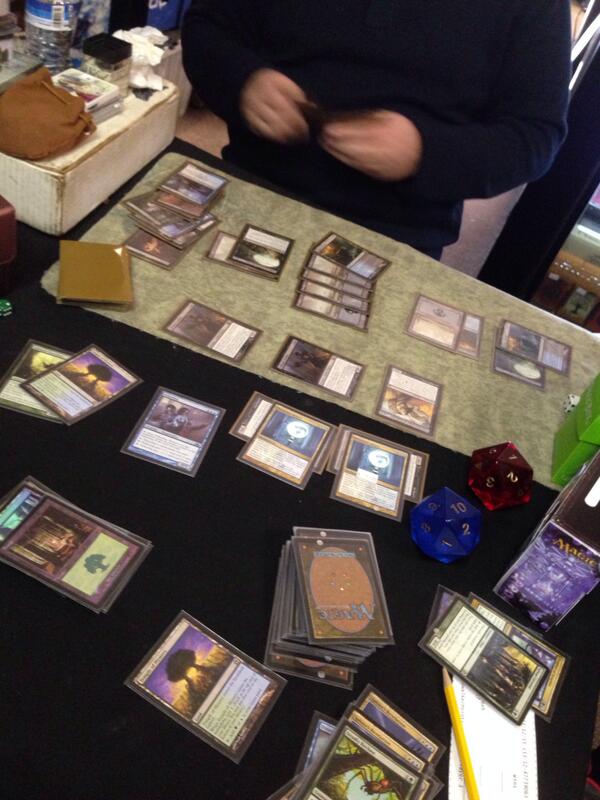
 One More Pack, just one more Pack… It’s super fun to open the packs…they could be anything until they are opened and the fun of opening and discovering a golden ticket of a card is a great feeling. But when the desire to open the packs completely eclipses the fun of playing the game or even sharing the cards with their friends, it can expose something that we, as parents, don’t usually get to see until much later (and usually when they are in the never listen to us phase.) If they keep wanting to trade all their good cards for a chance to open another pack, that is an impulse very akin to gambling, and one where I’ll have a chat with the kids to make sure they are more interested in playing the games that is an early version of being susceptible to gambling. Though both of these are a little scary, they are a great chance to get to work through these things at an age where the kids may still actually listen. 😉 On the other hand, the math, logic, reading and general sense of using their brains, combined with staying engaged with other people rather then computer or video screens makes it a great thing for kids to get into.
One More Pack, just one more Pack… It’s super fun to open the packs…they could be anything until they are opened and the fun of opening and discovering a golden ticket of a card is a great feeling. But when the desire to open the packs completely eclipses the fun of playing the game or even sharing the cards with their friends, it can expose something that we, as parents, don’t usually get to see until much later (and usually when they are in the never listen to us phase.) If they keep wanting to trade all their good cards for a chance to open another pack, that is an impulse very akin to gambling, and one where I’ll have a chat with the kids to make sure they are more interested in playing the games that is an early version of being susceptible to gambling. Though both of these are a little scary, they are a great chance to get to work through these things at an age where the kids may still actually listen. 😉 On the other hand, the math, logic, reading and general sense of using their brains, combined with staying engaged with other people rather then computer or video screens makes it a great thing for kids to get into.